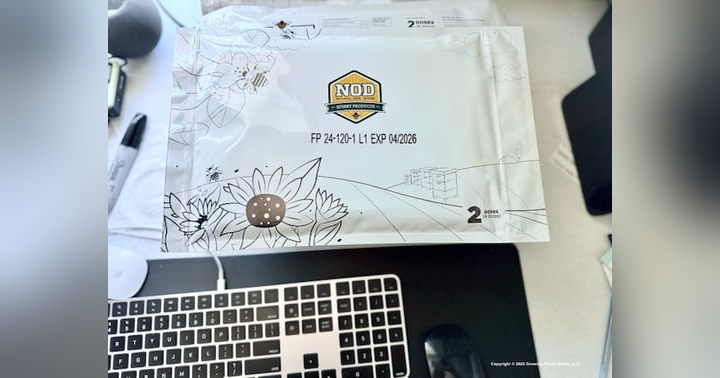Woodenware Revisited

One of the articles I wrote long ago for Bee Culture was about woodenware (Bee Culture, "Wooden World," February 1992, pp 80-87). You know, the frames - both deep and medium, hive bodies, honey supers, inner covers and telescoping covers. I didn’t look at bottom boards, but you will understand why in just a bit. At the time, I ordered samples of frames and hive bodies from all the different manufacturers of the time, laid it all out in my basement, then stepped back.

The purpose of the article was to compare the components to see if they were all sized properly, fit well, were clean and not warped, cracked or damaged in some other way. Were they cut accurate? It had never been done.
Why? Why go through all the bother and expense? Isn’t a hive body a hive body? Isn’t a deep frame is a deep frame? One would think. Here’s what was driving this review.
Have you ever separated two hive bodies only to find the space filled with burr comb, dripping with honey or drone brood? If it’s been several summer months since you last opened that hive, separating those two boxes took some effort, didn’t it? Why? My running hypothesis, was different manufacturers built their equipment to different specifications and that woodenware is really not all that interchangeable. The different specifications made a difference to bee space in a hive body and the hive body or super above it or below it. The review of the woodenware proved this to be true.
Disregarding any sloppy tolerances due to old jigs, dull blades, or poor lumber, how a frame sits in a hive body makes a big difference in bee space. How deep into the hive body is that rabbet the frame sits in? That depth determines where the bee space is created between one box of frames and the one above or below. Set deep, the bee space is above the frame. Set shallow, then the bee space is created below the frame. Generally.

Today, I try to buy everything from one manufacturer - or at least the frames and boxes. It really does cut down on the problems associated with bee space problems. (I am not as obsessive about the bottom board, inner covers and tops… no really!)
I suggest you take a look at that stack of equipment you have waiting for spring. Mark it, so you can keep your boxes and frames from different manufacturers grouped together as much as possible. This will cut down on the time you spend this summer on inspections. If you are making equipment orders this spring, consider settling on one manufacturer (we prefer BetterBee!)
Let us know what you think!














